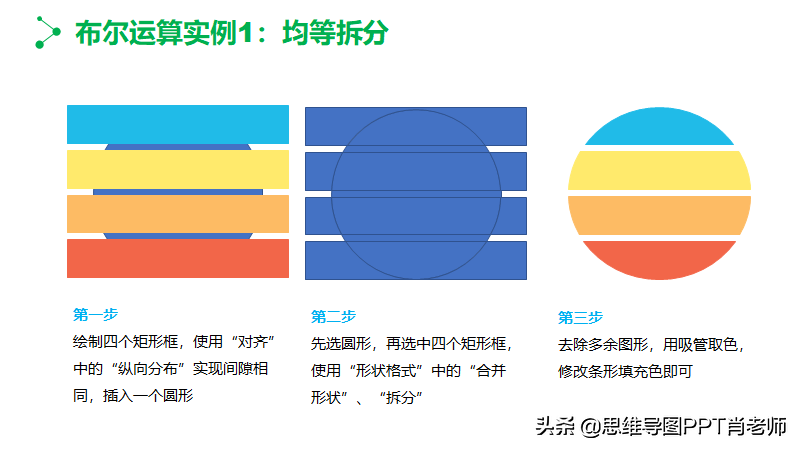前言
在如何将实时数据显示在前端电子表格中(一)一文中,我们讲述了如何通过WebSocket从Finnhub.IO获取实时数据,那么本文重点讲述如何使用基本的 SpreadJS 功能来进行数据展示。
在本教程中,我们将使用 Node.JS Express 和 WebSocket,因此请确保从此处安装最新版本。我们还将使用 Visual Studio Code,因此以管理员身份运行它,以便 NPM 命令可以在终端中运行。其中,SpreadJS 使用的版本为SpreadJS V16.0。
整体的操作步骤包含:
1、设置应用程序(可关联至 如何将实时数据显示在前端电子表格中(一))
2、连接到数据源(可关联至 如何将实时数据显示在前端电子表格中(一))
3、使用 SpreadJS 中的数据
4、为折线图添加数据
5、添加折线图
6、运行程序
使用 SpreadJS 中的数据
在了解每个功能之前,需要先解释一下程序的主要结构。本例中共包含两张数据表,第一张为“Stock_Ticker”,第二张为“Data_Sheet”。数据可以通过单元级数据绑定直接绑定到 SpreadJS 实例中的第一个工作表“Stock_Ticker”。
“Data_Sheet”是自程序启动以来积压的股票开盘价。通常最好是跟踪自特定日期以来记录的值,但为了简化此程序,本例中仅基于程序开始时间,大约有十个最近的值。值的积压就是折线图需要显示的内容。
当在设计器中定义了模板并且格式与数据源的格式相匹配时,就可以使用“bindData”函数中调用的setDataSource 函数在工作表中进行设置。
此外,还可以为工作表“Data_Sheet”设置数据源,并能够从数据中自动生成列,因为我们不关心该工作表上的格式:
// Bind the data source for both of the sheets
function bindData() {
activeSheet.setDataSource(new GC.Spread.Sheets.Bindings.CellBindingSource(dataSource));
dataSheet.autoGenerateColumns = true;
dataSheet.setDataSource(lineData);
}
为折线图添加数据
下一个要定义的函数是“addLineData”函数,它使用本教程前面定义的数组,并在每次从数据源接收到新值时为其添加一个值(如果该值与之前的值不同):
// Add data with each update for the line chart
function addLineData(lastPrice) {
if (lineData.length >= lineDataMaxSize)
lineData.shift();
stockCounter++;
// Only add the data to the list for the line chart if the data has changed
if (lastPrice != lineData[lineData.length-1].Value) {
lineData.push({ Value:lastPrice });
}
}
添加折线图
我们可以通过在绑定到 lineData 数据源的“Data_Sheet”工作表中指定的单元格范围来创建折线图。我们还可以更改标题、轴、数据标签、图例和图表区域的格式——所有这些都在“addChart”函数内:
// Add the line chart
function addChart() {
// Define the area to load the chart into
var startCellRect = activeSheet.getCellRect(11, 1);
var endCellRect = activeSheet.getCellRect(24, 9);
var chartStart = {
x: startCellRect.x,
y: startCellRect.y
};
var chartArea = {
width: endCellRect.x-startCellRect.x,
height: endCellRect.y-chartStart.y
}
chart = activeSheet.charts.add('line',
GC.Spread.Sheets.Charts.ChartType.line,
chartStart.x,
chartStart.y,
chartArea.width,
chartArea.height,
'Data_Sheet!$A$1:$A#39; + lineDataMaxSize
);
chart.allowMove(false);
// Set the title of the chart
chart.title({
text: activeSheet.getValue(2,1),
color: "white"
});
// Change the values on the y-axis to show changes easier
// Hide the x-axis values, we only care about changes, not specific time values
chart.axes({
primaryValue: {
min: openPrice - chartAxisRange,
max: openPrice + chartAxisRange
},
primaryCategory: {
visible: false
}
});
// Add data labels to the chart
chart.dataLabels({
color: "white",
format: "0.00",
position: GC.Spread.Sheets.Charts.DataLabelPosition.above,
showValue: true
});
// Hide the legend; there is only one series used in this chart
chart.legend({
visible: false
});
// Change the color of the chart
chart.chartArea({
backColor: "black",
color: "white"
})
}
运行程序
添加所有代码后,运行程序就很容易了。在 Visual Studio Code 中打开终端并键入:
node index.js
然后在网络浏览器中导航到 localhost:3000:
从下拉菜单中选择一只股票以加载数据:
至此,一个在 SpreadJS 中使用实时数据源的简单示例就完成啦。借助 SpreadJS 中图表和数据绑定的强大功能,您可以做的不仅仅是显示数据。想要尝试该功能或查看 SpreadJS 的其他强大功能,可前往葡萄城官网立即下载试用版。
了解更多信息,欢迎私信我们,或者发送产品关键词“SpreadJS”。













